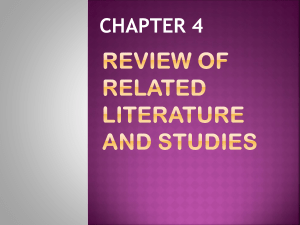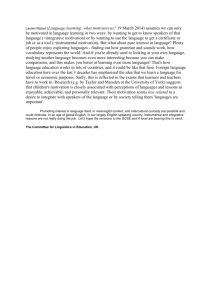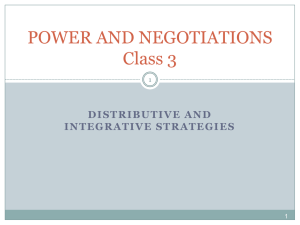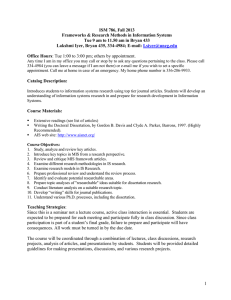Each student is required to do up to three oral presentations and
advertisement
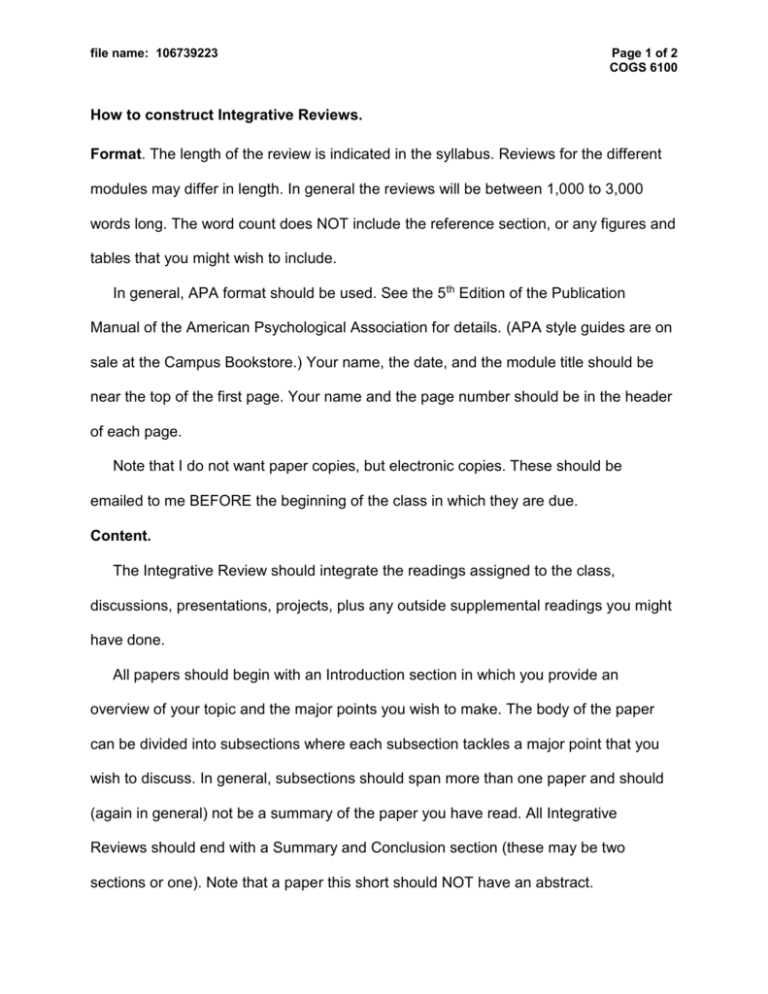
file name: 106739223 Page 1 of 2 COGS 6100 How to construct Integrative Reviews. Format. The length of the review is indicated in the syllabus. Reviews for the different modules may differ in length. In general the reviews will be between 1,000 to 3,000 words long. The word count does NOT include the reference section, or any figures and tables that you might wish to include. In general, APA format should be used. See the 5 th Edition of the Publication Manual of the American Psychological Association for details. (APA style guides are on sale at the Campus Bookstore.) Your name, the date, and the module title should be near the top of the first page. Your name and the page number should be in the header of each page. Note that I do not want paper copies, but electronic copies. These should be emailed to me BEFORE the beginning of the class in which they are due. Content. The Integrative Review should integrate the readings assigned to the class, discussions, presentations, projects, plus any outside supplemental readings you might have done. All papers should begin with an Introduction section in which you provide an overview of your topic and the major points you wish to make. The body of the paper can be divided into subsections where each subsection tackles a major point that you wish to discuss. In general, subsections should span more than one paper and should (again in general) not be a summary of the paper you have read. All Integrative Reviews should end with a Summary and Conclusion section (these may be two sections or one). Note that a paper this short should NOT have an abstract. file name: 106739223 Page 2 of 2 COGS 6100 The body of the Integrative Review should provide a thoughtful evaluation of the strong and weak points of the papers discussed in class. Issues you might discuss include things such as the contributions of the set of papers to theory, cognitive engineering, and practice (or lack thereof), its relevance (or lack thereof) and relationship to other research. Of course, you should be sure to emphasize the strengths and weaknesses of the theories, methodologies, models employed, and the prospects for advancement in this area both in terms of theory and practice. Audience. Consider as your audience an intelligent professional who is interested in your evaluation of the state of the art in this topic. You might imagine the professional is a military or industrial manager who is trying to decide whether the state-of-the-art in this area is advanced enough for her needs. Alternatively, you might imagine that the professional funds research that is likely to result in near-term (3-5 years) advances that can be applied to real problems. (Such a person might work for ONR, AFOSR, NSF, NIH, ARDA, DARPA, Microsoft, etc.) In this latter case, you might imagine that the Scientific Officer has asked you for a short White Paper in which your goal is to confirm that this is an important area and is one in which the right research could make an important difference (i.e., you want them to invite you to submit a full grant proposal on this topic). Advice. After you finish your first draft, read your introduction, skip the middle part, and read your summary and conclusions. Points made in the introduction should reappear in the summary. Major points made in the summary should be foreshadowed in the introduction. Now read the body of your paper. The structure of the body and the issues discussed should reflect the points made in the first and last sections.
